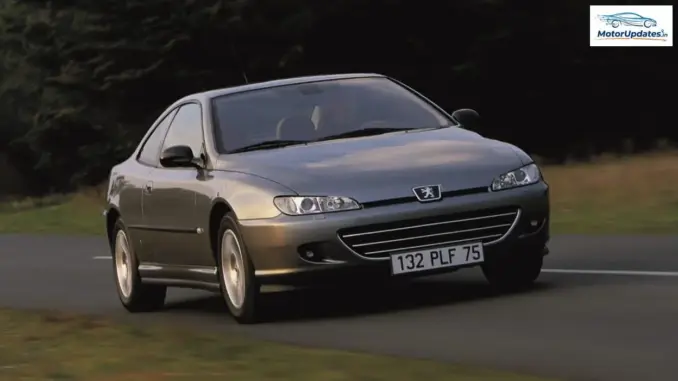
Recent cars are far more expensive to maintain than their predecessors. The cost of parts for modern cars has skyrocketed. As a result, buying a vehicle from the early 2000s is much more economical in case of a breakdown. New cars cost a lot and their servicing is expensive too. According to a maintenance cost barometer from a spare parts retailer, an older car that is cheaper to maintain is preferable. Older vehicles are indeed significantly cheaper to fix than new ones.
Headlights, brake pads, clutches — the bill can quickly swell for replacements on cars less than 10 years old. The average price of a front headlight has thus risen by 178% between a 20-year-old vehicle and a model under 10 years. That’s what Jean-Christophe Gudefin, owner of a garage in Montmerle-sur-Saône in the Ain, observes: I replaced discs and brake pads, it came to 1,200 euros; on a car from 15–20 years ago, it would have been 500 euros,
he explains. Another striking example according to the mechanic is fuel filters: We went from filters costing 40 euros to today’s 140 euros.
What is behind this price surge? New cars have become heavier and more complex than older ones, explains Jean-Christophe Gudefin: It’s the simplicity of the mechanics, there aren’t many sensors, no mechanical filter. That requires less maintenance.
And the multiplication of electronic tools, driver assists, CarPlay, keyless start, parking sensors and smart mirrors further inflates the bill.
An exceptional car from the year 2000
That’s what Cédric, owner of two cars from the 1990s, observes: I have a 1996 car and another from 1998, they are very reliable. Apart from servicing the brake pads and the oil change, I have no issues.
And maintaining those two items still costs less than for a modern car: You can find parts online even cheaper. The pads, the discs, these are simple things, you don’t need to go through a mechanic,
he explains.
Patrick learned this the hard way, which led him to choose a 25-year-old Peugeot 406: I had a 208, I had a major problem with the PureTech engine. So at the first chance, I sold it at a dealership. I lost money but it’s sorted. Yet I had done everything, I had changed the timing belt.
Afterwards, I was lucky to find an exceptional car with low mileage. It’s from 2000, it had 45,000 km,
he explains.
Which car to choose?
All car parts are affected. The average cost of a battery has itself risen by nearly 54% between a 20-year-old vehicle and a car under 10 years. The same goes for the price of a timing kit, up 117%, and that of an oil filter (+29%) between two cars with at least a 10-year gap. Logically, to save money, the retailer advises turning to a petrol car older than 10 years, far cheaper to maintain.
See also: The Rising Demand for 1980s-2000s Cars Among New Generation Collectors

Leave a Reply